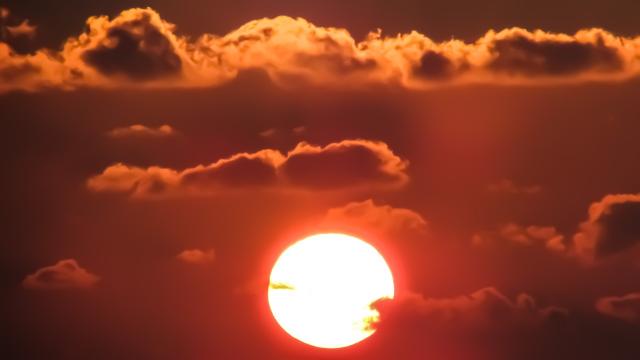
by Cam Lucadou-Wells
Casey is among one of the hottest areas of Melbourne – and not in a good way.
Out of 27 government areas, Casey ranked second highest for the urban heat island effect, according to Victorian Council of Social Services research.
Its UHI effect was on average 3.7 degrees hotter than the leafy, eastern suburbs in Maroondah.
The paper found Melbourne’s poorest suburbs were inflicted with the highest temperatures.
The six most disadvantaged government areas in Melbourne were among the eight hottest.
Greater Dandenong – the most socio-economically disadvantaged – had the sixth-greatest urban heat effect. About 2.2 degrees hotter than Maroondah.
Socio-economically, Casey is also ranked below average.
VCOSS chief executive Juanita Pope said poorer people were “feeling the heat more” due to being in hotter suburbs and cheaper housing.
“Extreme heat is a threat to everybody, but especially those already living with a health condition or on a low-income.
“Living on a low-income or with a health condition severely limits your ability to prepare for a heat wave and stay cool.”
More trees, more parks and less concrete were part of the solution, Ms Pope said.
She called for investment in free housing retrofits to cool low-income households.
“We need to that recognise people on lower incomes, who live in cheaper housing in hotter areas, need extra support to deal with heat.”
Previous VCOSS research found homeowners were twice more likely than renters to live in insulated dwellings.
The latest research paper speculated why the urban heat island effect was higher in low-income areas.
“The factors that lower the UHI effect might make homes more desirable and therefore less affordable for low-income households; i.e. more parks, more trees, less development, further away from major roads,” it stated.
“Low-income households might also have less time and confidence to participate in local planning decisions and campaign against high density development.”







